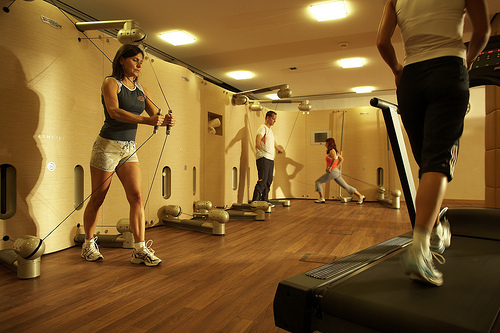
Jumping From Trend To Trend Just Slows You Down
Swapping from one plan to another has one obvious drawback: you never give any of them time to work! It's better to just work at one thing consistently than it is to jump around from plan to plan or from trend to trend, looking for what's new instead of what's best or what works best for you. You shouldn't stick like glue to a tired method that doesn't work for you but you should give it a chance to work before you reject it for the next exciting-sounding thing. You'll never move forward if you keep changing direction, after all.

Not Planning Your Weekly Routine Means Confusion And Failure
A plan is your best friend. Sometimes you feel inspired, and the hard thing is to stop training, but often enough days or weeks can go by and you don't feel in the mood. A plan that tells you when to train takes care of the sessions when you don't feel like it. And we've all experienced the feeling of getting somewhere we've made fantastic efforts to arrive at, only to ask ourselves, 'what now?' A well-thought-out, clear training plan avoids this problem too. You get where you're supposed to be and do what the plan says you do. This way you can plan for progress.
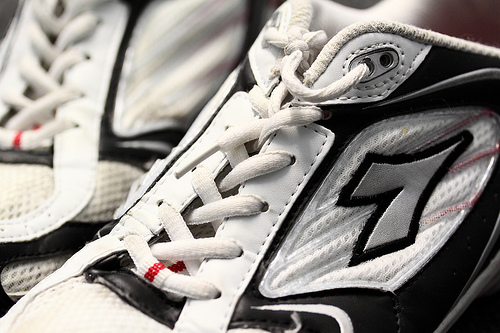
The Wrong Kind Of Footwear Can Hamper Your Progress
There's no right kind of footwear that everyone should use for everything. But there's definitely some bad shoe choices out there. For some, for instance, the now-ubiquitous canvas sneaker is a great choice. But one famous brand in particular has a very narrow, pointed footbed - ideal for some people's feet, terrible for others. Rather than go in to buying footwear with a preconcieved idea of what's right and wrong, try on several pairs and see what fits well for you. You should be able to feel your foot flexing and changing shape inside the shoes, like they do when you're barefoot, rather than having constricted movement.
- Important notification about information and brand names used in this slideshow!
- Photo courtesy of Adrian Clark by Flickr : www.flickr.com/photos/adrianclarkmbbs/3063711661/
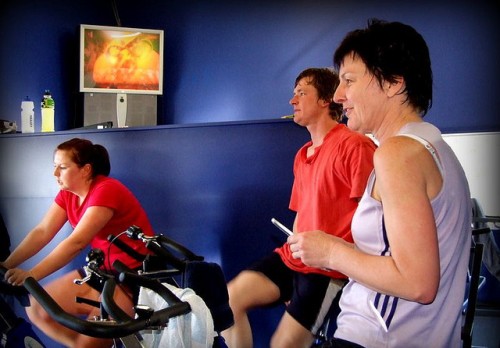
Zoning Out While Training Makes Your Exercise Session Less Effective
Training in a repetitive way will lead to this for sure. You're on the treadmill and forgetting where you are, not paying attention to the things you're doing. And that's not the way to get the most out of your session. Try disconnecting from entertainment, whether that's an MP3 player or the TV in the gym, and concentrating on your training alone for a few sessions. You'll get more done and get closer to the results you want, but you'll also come out feeling better than you ever have before. Most importantly you'll see your training accurately, letting you see what's good and what you really need to shape up.
- Important notification about information and brand names used in this slideshow!
- Photo courtesy of Keith Davenport by Flickr : www.flickr.com/photos/sirwiseowl/2581870054/
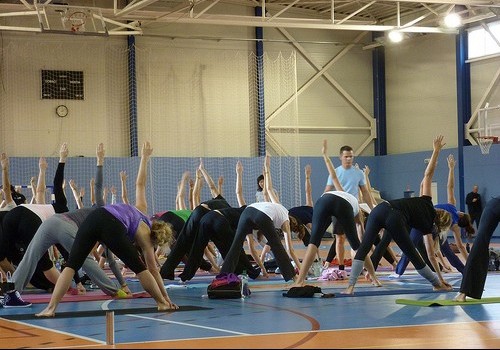
Choosing The Same Spot Every Class
Going to your accustomed place can be a counterproductive thing. Showoffs use it to show off, and while that can make you look silly it's better for your progress than hiding in the corners where you have less engagement from the teacher and less opportunity to watch the more advanced students for tips. After a while in any situation like that, everyone gets used to having 'their' place; if you move, you might get some funny looks as you upset the system! But it's well worth it to get a different perspective, perhas even get closer to the teacher to see what you're meant to be doing.
- Important notification about information and brand names used in this slideshow!
- Photo courtesy of Sonia Belviso by Flickr : www.flickr.com/photos/soniabelviso/8083606486/

Balance Your Workout Intensity With Gentler Sessions For Recovery
Intensity is s tricky one: by and large it's a good idea to train intensely but you need to plan for it. You should do power training after skill, strength after that and endurance after strength; cardio of all kinds comes last, the more intense first. It's also a good idea to avoid training with real intensity more than two to three times a week. If your training is honestly intense, you'll soon find that any more than that seems horrifying. If you want to get yourself into the gym every day, use the other sessions for low-level training for active recovery, practice your lifts with very light weights to improve your form or use the swimming pool and sauna, or try a low-intensity class. Again, look for active recovery: training hard every day for a week will keep you out of the gym altogether the following week!
- Important notification about information and brand names used in this slideshow!
- Photo courtesy of CherryPoint by Flickr : www.flickr.com/photos/mcas_cherry_point/6714751531/
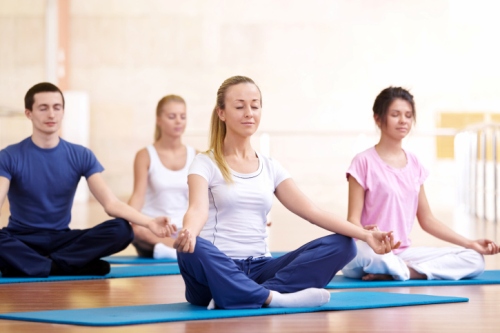
Proper Breathing During Exercise Makes A Big Difference To Your Results
Proper breathing during exercise is highly important. When you're lifting, try to hold your breath for the eccentric portion of the movement and exhale forcefully and under control for the concentric part. (Eccentric and concentric mean away from and toward the load; in a squat, the eccentric is the down phase and the concentric is the drive back up.) That's because holding your breath increases intra-abdominal pressure, allowing you to stabilize the spine better and drive against it for more power. The only thing that increases intra-abdominal pressure more is breathing out forcefully, which is why boxers hiss, karateka shout 'Kia!' and weightlifters and tennis players grunt.
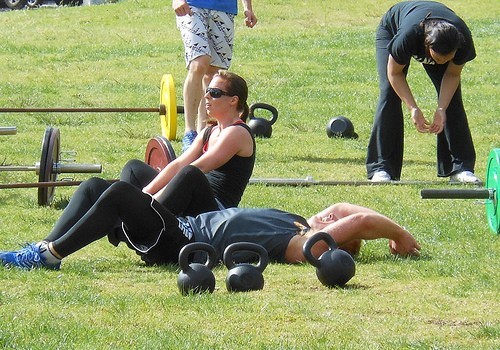
Skipping Out On Cooling Down Or Stretching Means More Soreness Down The Line
Cool-down and stretching can seem like the dullest and most disposable part of your training. In fact, though, they're very important to maintaining your fitness and if you avoid them you can be storing up trouble for yourself down the road. The job of cooldown exercises is to help your body clear out the lactic acid and other oxidative junk created by hard exercise. That means less muscle soreness the day after, and faster recovery means more good training sessions, which means more progress. Meanwhile, stretching has got a bad press in recent years; but for most people light passive stretching probably does no harm and will often help to improve posture and reduce soreness.
- Important notification about information and brand names used in this slideshow!
- Photo courtesy of Michael Coghlan by Flickr : www.flickr.com/photos/mikecogh/6271713099/
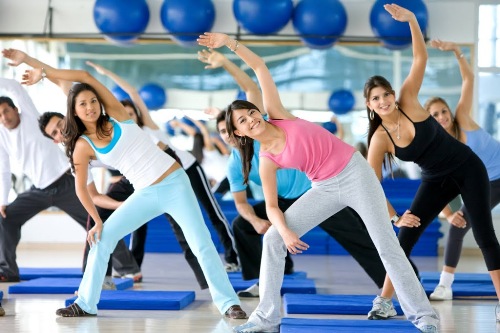
Focusing Only On Your ‘Trouble Spots’ Neglects The Big Picture
Working on the 'trouble spots' that particularly bother you is often a dead end. The typical 'trouble spots' are the hips and abdomen areas, and the major goal is fat loss in these areas. That can only be achieved systemically; so-called 'spot reduction' is a myth. In order to remove the stubborn fat from these areas, it's necessary to lose body fat from the whole body, and that's best done by exercises that use the most muscles and the most calories: exactly the opposite of spot reduction! Focussing only on the trouble spots will slow your progress; focussing on overall outcomes will resolve your trouble spots.
- Important notification about information and brand names used in this slideshow!
- Photo courtesy of New Media Ba by Picasa : picasaweb.google.com/104919940046622069790/Zene#5654813277872531234

Cutting Out Carbs Completely Won't Make You Lose Weight Faster
Carbohydrates are not the devil. Yes, it's possible to live without them but it isn't always wise. While some body tissues preferentially use fuels derived from dietary fats - the heart and kidneys in particular prefer adenosine triphosphate - the brain prefers glucose, and very-low carb diets can leave you feeling vague and groggy. Also, if you're eating restricted calories, too few carbs can result in the body breaking down your protein intake for fuel, leaving you with nothing to repair muscle tissue. Even if you're in caloric surplus and trying to gain weight, some of your protein intake will go to fuel if you don't eat enough fuel and the easiest fuel to get hold of is carbs. If you eat to calorie-restricted a diet, you won't have the energy to train at all.
- Important notification about information and brand names used in this slideshow!
- Photo courtesy of luxomedia by Flickr : www.flickr.com/photos/videolux/2833769686/




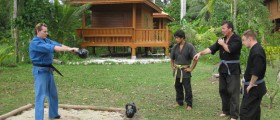

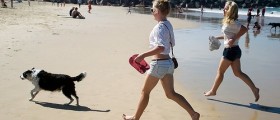



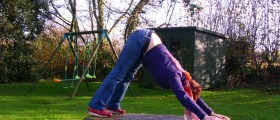






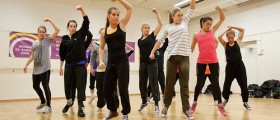

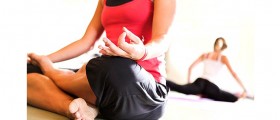
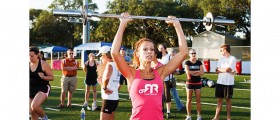




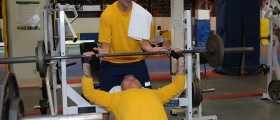
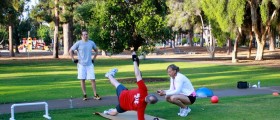
Your thoughts on this
Loading...